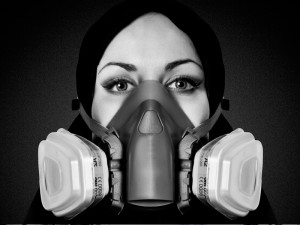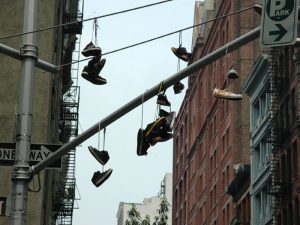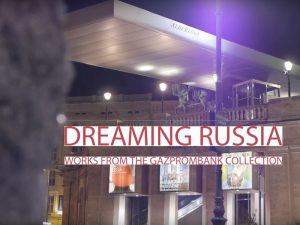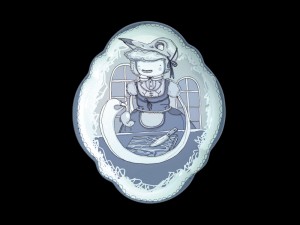SIOSEH
Excerpt from: Timm Starl, “Dreiunddreißig heißt SIOSEH, die kleinste Fotozeitschrift der Welt,” in: FAZ, Feuilleton, 03. 16. 2001, p. 46,
(….)Thirty-three is what SIOSEH means: the smallest photography magazine in the world. Quite extraordinary how a periodical on photography has made its way into public domain because its second issue is not a publication in its own right but a contribution in another photography journal. Such unique placement is quite typical of SIOSEH whose editor will present each new issue at different locations: cafés, bookshops, boutiques, etc. However, with the presentation of a magazine in another a specific quality was lost, namely, the image of a medium. This is why SIOSEH’s size that makes it so striking: the booklets with 36 to 48 pages are the size of a postcard – needless to say when open (…)
The buyer holds in his hands something not everybody has access to and only a few know. He thus resembles a collector who looks for beauty in the small and creates a universe of his own with his discoveries. Such clientele is quite like the editor herself who usually finds her topics and authors amongst the friends and acquaintances that she gathers around herself.
Artists Sioseh #32:
A1one – Busk – DBS – Deep Inc. – DNM – Die Made – El Lasso – Franke – Holy Sin – Keramik – Knochenmann – Kryot – Muecke – Nychos – Robert Huttinger – Serge Wottafak – Skero – Smurf – Stereotyp – Tony Hell
Curator, Art Direction & Production: Hutan Vahdani, BBR
SIOSEH Project by: Sissi Farassat
Robert Huttinger for SIOSEH #32 – READ .PDF File HERE
Exhibition Impressions: View Flickr Photos
Yet again, she selects a frame that seems quite familiar: each issue ranges from fashion, travel to black and white photographs and begins with commented portraits that Sissi Farassat herself provides.
Nevertheless, the outlines of the topics are almost always blurred: at times fashion photos turn out to be murder stories and a journey could lead to Korea or be along the blockade around Vienna’s Parliament building. Often other genres such as pictograms, film stills or comics are also included. One could say that the editor likes to draw borders just to show that they are essentially permeable. Nevertheless, her path does not lead to arbitrariness—there are too many breaks for it to be the case. Sissi Farassat questions the mainstream by taking it with humor, by regarding it as if it were an exotic universe, curiously registering all that surrounds us and by not following the current dictates of taste(…)
SIOSEH is not really a magazine but a work of art. Each of its issues is a minor event and occasions an encounter with its editor, who may be worried that number 17 will be a calamity. One hopes she will master it, and is, in fact, certain that she will. The project will end in 2007 and not just the Austrian publishing world will lose an exciting as well fascinating innovation.















![[ U N ] B L O C K E D](https://www.b-br.at/wordpress/wp-content/uploads/2018/11/BBRUnblockd-85x85.jpg)
